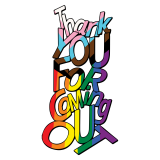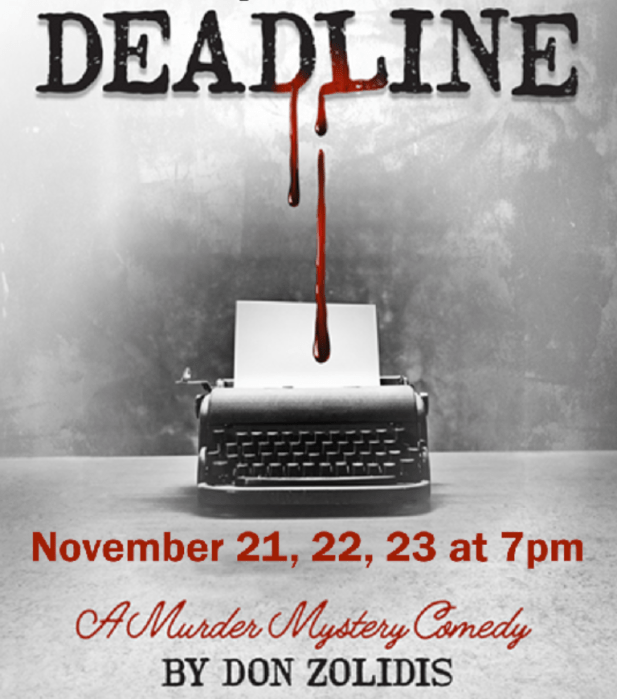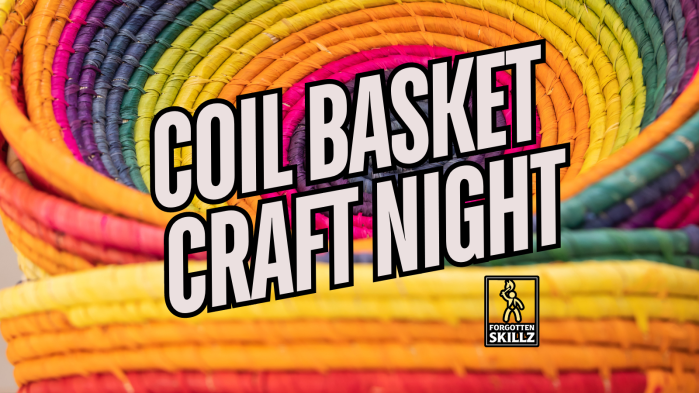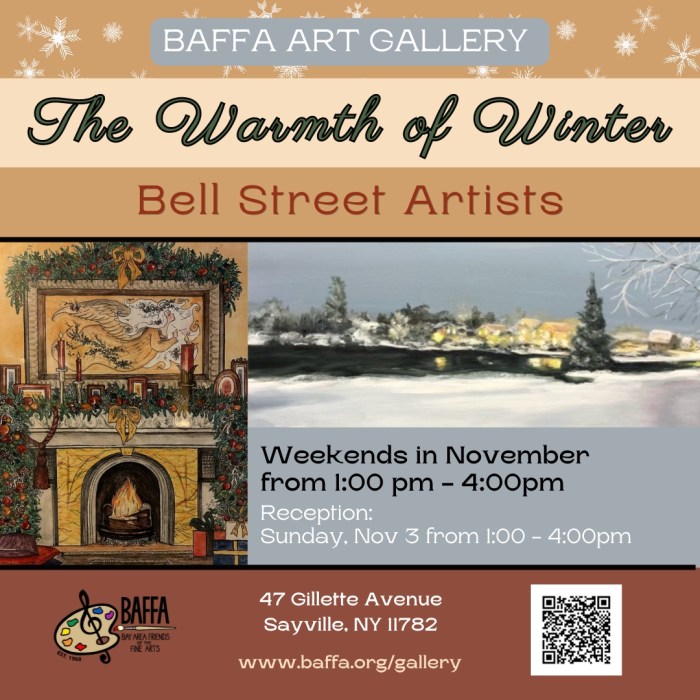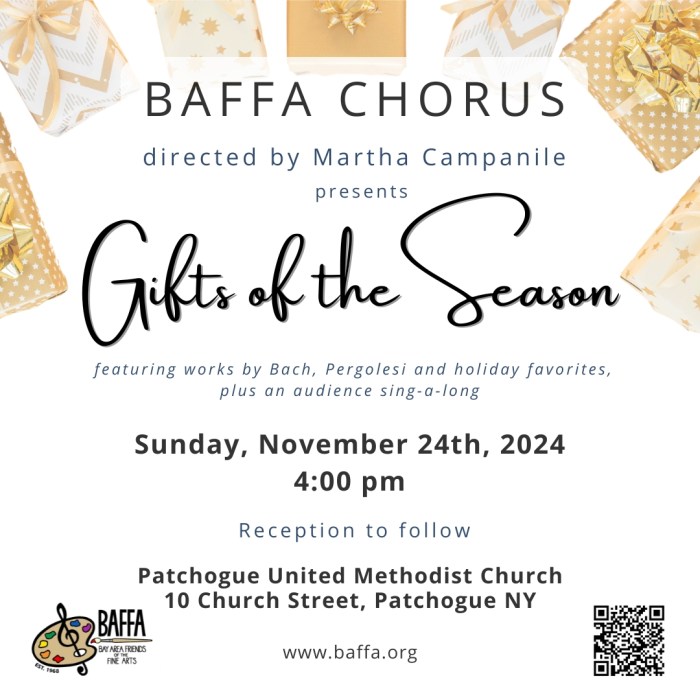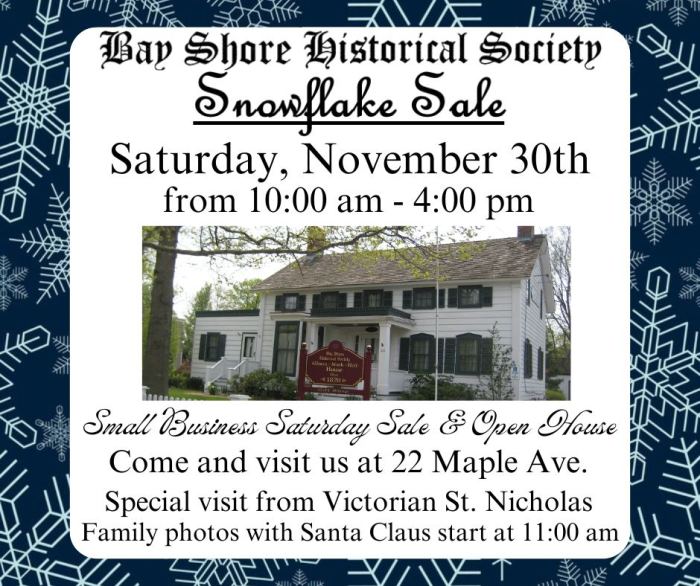By Warren Boyd Wexler
IT WAS THE 25th anniversary of the Stonewall riot, which had launched the modern struggle for gay rights. The centerpiece of the celebration was a mile-long, avenue-wide rainbow flag made by Gilbert Baker, who had created the original rainbow flag 15 years earlier for a gay pride march in San Francisco. The mile-long flag was the visual symbol of the massive International March on the United Nations for Gay and Lesbian Rights, held on Sun- day, June 26, 1994, one of the largest civil rights demonstrations ever held.
I worked with Gilbert Baker, a few other assistants, and 1,000 volunteers to unfurl the huge flag along First Avenue past the United Nations. Handling three-and-a-half tons of nylon is not easy. It requires a lot of organization. We unfurled it from the back of a truck on First Avenue at 37th Street, two of us at the front breaking open the strings binding it every few feet while the volunteers lined up on either side of us to take the edge of the fabric as we released it and carry it forward up the avenue. After half an hour of breaking open the strings and the nylon fabric rushing through my hands, my fingers were bleeding, bleeding onto the flag. A woman on my left fortunately was carrying some antiseptic and poured it over my hands so that I could continue as the endless line of volunteers filed past taking up the newly unfurled sections and carrying the flag ever further up First Avenue, until the rainbow stretched to the horizon, 22 blocks long.
There was a second march taking place at the same time, tens of thou- sands of people coming up Fifth Avenue from the Stonewall bar in Greenwich Village to join the main march at 57th Street for the rally in Central Park. The city, under Mayor Rudy Giulianni’s direction, had refused to grant a permit for Fifth Avenue, which for over 20 years had been the traditional venue for the annual Gay Pride Parade. Several of us had spent the Thursday and Friday before the march in Federal Court seeking a permit for the Fifth Avenue march, which was denied. Gilbert Baker and many others felt strongly that the Fifth Avenue marchers, including many of the activist groups and the surviving veterans of the original Stonewall rebellion, deserved to have the rainbow flag, or at least a section of it, with them marching up Fifth Avenue. But the company funding the making of the mile-long flag, which technically “owned” it, was against our bringing any part of the rainbow flag to the “illegal” march on Fifth Avenue, and denied us permission to do so. Gilbert, myself, and four others decided to try and do it anyway, and planned a covert operation to bring the flag to Fifth Avenue.
The mile-long flag was now fully unfurled up First Avenue, a thrilling sight for all of us there and for the millions more watching on TV. The official schedule now called for the flag to be folded back up and removed for storage. Instead, as per our secret plan, Gilbert whipped out a large pair of cutting shears and cut across the 30-foot width, severing several sections, each a couple of hundred feet long, from the end of the flag. Those of us in on it rushed forward to gather the sections, hurriedly stuffing each into large black garbage bags that we had brought with us for this purpose. We did this as quickly as we could, knowing that at any second those around us might realize this wasn’t supposed to be happening, and bring in the cops. We dashed with our sections out of the march and west across town, Jude Graham and myself carrying one cumbersome bag between us, Jim Laurent alongside us, on roller- blades, carrying a second section by himself. I headed us into the subway at 42nd Street.
Maneuvering this large bag of material between Jude and myself down the flight of subway steps was difficult enough, but how Jim managed it on rollerblades, carrying this black garbage bag larger than himself, clunking down each subway step on his rollerblades, I’ll never know. We got off the train at 28th Street and ran with our precious bundles into the throng of on- lookers filling the sidewalks on Fifth Avenue. I waited a few minutes until there was a break between oncoming groups of marchers. With the Act Up contingent approaching, I dashed us out into the middle of Fifth Avenue, lowered the bags onto the avenue and began pulling the fabric out. I yelled out to the mass of onlookers on both sides of the avenue: “These are two sections of the mile-long Rainbow Flag by Gilbert Baker. If you’d like to help carry the gay flag up Fifth Avenue, this is your chance.” A guy on my right rushed over to grab an end. A woman across the avenue dashed in to pick up another end. People came in from all sides to touch the flag, to grab onto an edge, to lift it aloft. I saw Diana Stokke, one of the two people who had brought the suit in Federal Court to grant a permit for the Fifth Avenue march, rush into the street to grab a comer of the flag and raise it high overhead. In 45 seconds, some 60 of us were carrying the flag over our heads, marching with it up Fifth Avenue to the screaming applause of those around us as we carried the Rainbow Flag up Fifth Avenue and into the rally in Central Park.
Four sections of the mile-long Rainbow Flag made it over to the Fifth Avenue march. For my efforts in all of this, I was given, by Gilbert, one of the sections of the flag. I’m one of the handful of people who live year-round in Cherry Grove, one of the capitals of the world-wide gay community, a wonderful town filled, in a sense, with outlaws. I think it’s appropriate for me to have given this section of the rainbow flag, seized in a covert, unsanctioned action, to Cherry Grove, appropriate for it to adorn Cherry Grove’s Community House, appropriate for it to be draped across the Queens’ Boat in our annual July 4 freedom celebration. I hope it will be carried proudly for many uses in the coming years.




